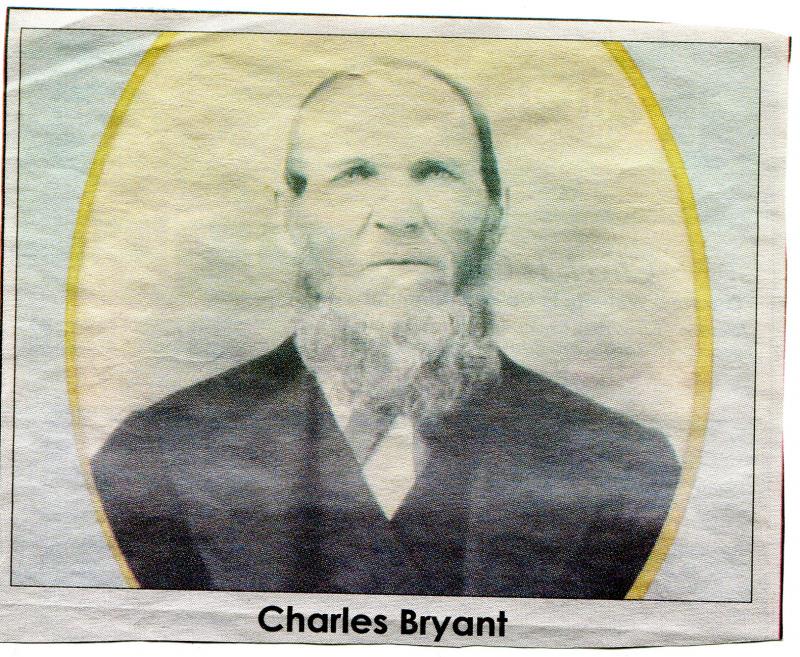How a Rochester native became governor of Alaska
The writer of this piece, Connie Eshbach, is the vice president of the Rochester Historical Society. This is part of a series of Rochester history briefs.
While many think of rural and farming when Rochester comes to mind, Rochester has also been known for its sea captains, lawyers and its ties to men who became governors.
In fact, Thomas Hinkley, one of the original Rochester proprietors, was the 14th and last governor of Plymouth Colony before it became the Province of Massachusetts Bay in 1692.
One Rochester man combined a career as a sea captain and the job of the territorial governor of Alaska.
Charles Bryant was born in 1820 on a farm in Rochester. One of his chores growing up was to take fruits and vegetables from the farm to sell in the shipyards of Massachusetts. There, he heard sailors' tales of the sea which he found more appealing than the farming life.
When he turned 20, he shipped out of New Bedford on the whaler "Montezuma" and was at sea for Three years. In 1844, he went to sea again after a year on land. This time he signed on for a four year voyage. Due to a tragic accidental killing of the captain, the various officers all moved up the ladder of command. Bryant moved from seaman to 4th mate .
By 1848, he was third mate on the "Adam Barker" and in 1850, second mate on the "Gideon Howard". He sailed on this last ship in 1853 and by 1857, he was captain of the whaler "America" out of New Bedford. By this time whalers were spending their voyages in the Pacific, particularly in the northern waters around Alaska, the Aleutian Islands and the Bering Strait.
Like many other sea captains, when Bryant retired from whaling after 20 years, he married and returned to farming. While he was working his Fairhaven farm for 7 years, the United States became interested in purchasing the Alaskan Territory from Russia. Because of his many years sailing Alaskan waters, he was asked to go to Washington to share his knowledge of the territory. The United States bought the Alaskan Territory in 1867. The U.S. Treasury Dept. took over jurisdiction and one year later Captain Bryant was asked to be the territorial governor of the Alaskan Territory.
He arrived in Sitka in 1868 and stayed for 10 years, focusing on establishing hunting regulations, creating a system of transportation to connect the islands and improving the living conditions of the native Aleuts.
After resigning his position in 1878, he returned to his farm, but went on to open and operate a tavern in Mattapoisett. Bryant died at the age of 83 in 1903 and was buried at the Sherman Cemetery in his hometown of Rochester.













